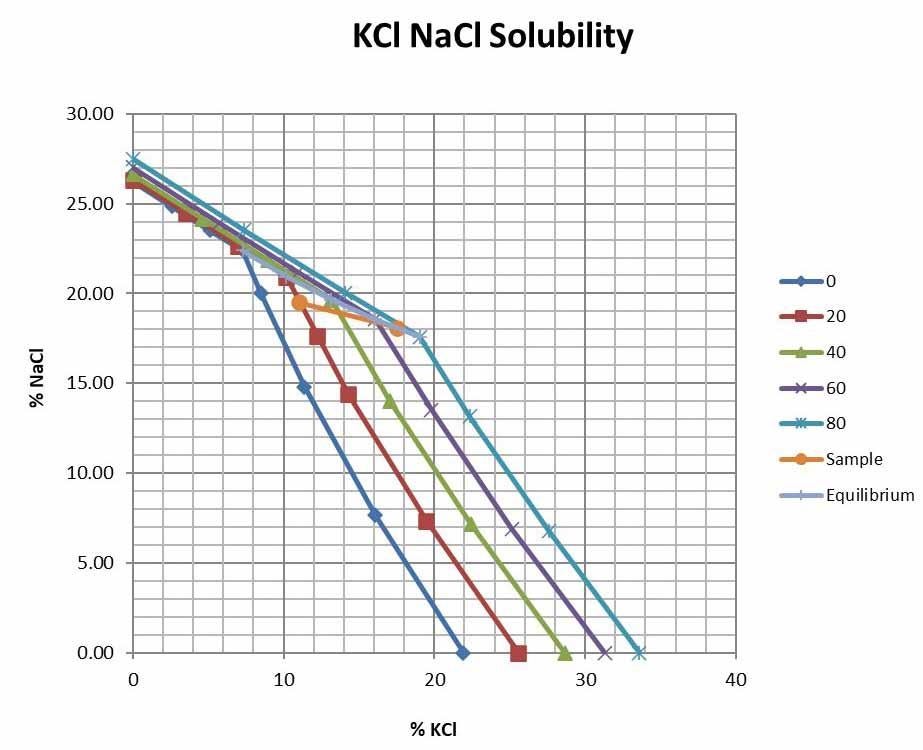
3 minute read
DEEPLY INVESTED IN MINING.


vital to global food security. Potash is a mineral fertilizer required by farmers worldwide, and since it cannot be synthesized, it must be mined from naturally occurring deposits. The Province of Saskatchewan hosts the world’s largest deposit of potash and supplies some 40 per cent of the world’s potash requirement.
Guess what this means?
Given that 40 per cent of the world potash trade comes from Russia and Belarus, it is no surprise that the war is strongly driving the re-ordering of supply chains such that potash end-users can establish a long-term, safe, secure, and sustainable supply of what I call “ethical” potash.
Furthermore, since 100 per cent of Canada’s potash comes from Saskatchewan, I can see why Premier Scott Moe is a very popular fellow when he walks into the “Potash End-Users Club”.
Saskatchewan’s potash resource of more than 100 billion tonnes means it has the raw material to replace 100 per cent of the current global Russian and Belarusian potash supply. In the shortterm, this provides major incentive to rapidly produce an additional two-tofour million tonnes of potash per year, and in the long-term, the opportunity for Saskatchewan to double its current potash sales.

Where else do you find such an opportunity available for the taking? Why aren’t the junior miners flocking into potash by droves? Well, here is the problem: cost.
Where else do you find such an opportunity available for the taking? Why aren’t the junior miners flocking into potash by droves? Well, here is the problem: cost.
There are two elements to cost, the first being exploration cost. While the size of the Saskatchewan in-situ potash resource in Saskatchewan is enormous, its sheer size means that to define the NI43-101 compliant “Mineral Reserve” needed for financing a new mine, it requires significant exploration and con- firmatory drilling and seismic beyond the one or two pre-existing historical drill holes needed to define a mining “sweet spot”. Potash wells on the prairies are deep, complex to drill, and expensive.
The second is the capital cost of the mine itself. Traditional “shaft and tunnel” and vertical solution cavern mines are very expensive. For example, BHP Billiton’s Jansen potash mine, which is currently under construction, will produce 4.35 million tonnes per year (TPY) in its first phase. This will require an investment of USD$5.7 billion, in addition to an existing expenditure of USD$4.5 billion for a total expenditure of USD$10.2 billion, or USD$2,345 per tonne of nameplate capacity. Of this amount, the largest single item is the shafts and infrastructure, which cost USD$2.97 billion.
The above two factors represent significant barriers to entry into the potash business for majors, let alone the juniors. So, it is no surprise the junior resource sector steers away from exploiting potash, preferring to focus on the incentivized and cheaper-to-develop battery metals.
The result of this is that the gap between conflict and ethical potash supply widens, and food insecurity only gets worse. How can we deploy Canada’s bountiful potash resource to combat global hunger now? The world needs Canadian potash today, not in five to 10 years.
Here is an idea: incentivize the search and development of Canadian potash so that the junior mining sector (AKA the “PDAC crowd”) is attracted back to the potash fields of Saskatchewan and Manitoba. This is the sector that has traditionally driven the development of Canada’s resource economy, and they need to be given a reason to pay more attention to developing new potash supplies for hungry global markets.
How do we get them back? Its obvious: we need to overcome the cost barrier to entry into the potash business, and I see two ways to do this.
First, stimulate innovation in mining methods so that there are cost-effective alternatives to traditional, and costly mining technologies like shafts and tunnels. The federal and provincial governments can incentivize investments into new and innovative mining technologies that overcome these barriers, for instance, what I have been calling “small modular potash” technology. Tied to this effort is making sure that existing mining innovation funding programs specifically include potash within their scope of approved commodities.
Second, the easiest and most effective way to get the attention of the junior miners is to offer financial incentives, the easiest and most obvious being for the federal government making potash eligible for the Critical Mineral Exploration Tax Credit (CMETC). Yes, we know Saskatchewan has potash, but that’s like saying “the supermarket has cheese”. Further field work (i.e., drilling and seismic) is required to convert the broadly defined “resource” into a tightly constrained “reserve”. Increasing the CMETC to include potash work would be extremely beneficial to attracting the juniors back into building new mines.
Potash is no joke (no offense intended to Mr. Dangerfield). What was once a quiet, backwater type of industrial activity is now on the front lines of war and global food and economic security. Potash should be uttered at venues like the PDAC as much as is the words “Lithium” or “Copper”.
Do not forget this: every tonne of pot- ash that Canada puts into the global marketplace is one tonne of potash taken out of the hands of an autocrat. Therefore, we as a nation must rapidly advance our potash advantage, if we are any bit serious about fighting global food insecurity.

‘Nuff said… l
Positioning you for success.
Construction Surveys
+ Construction layout
+ As-built
+ Earthworks modeling
+ Inspection surveys

+ Deformation surveys
+ QA/QC reporting caltechgroup.com









